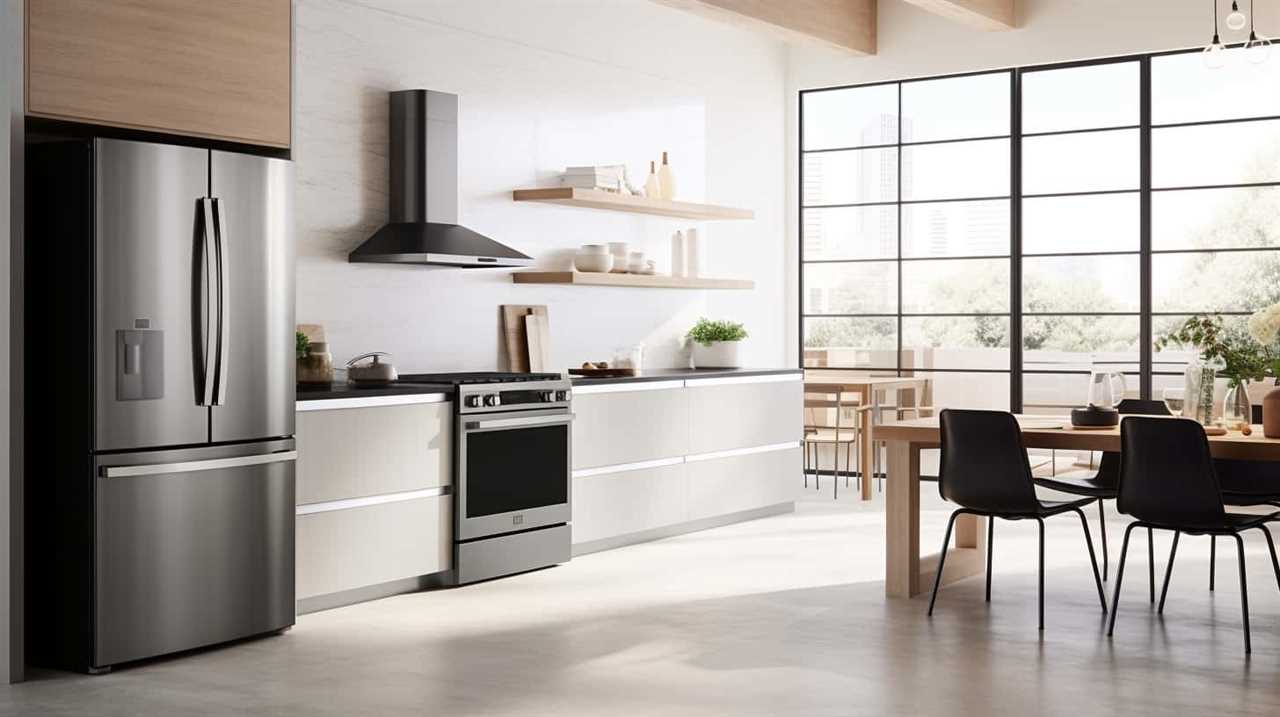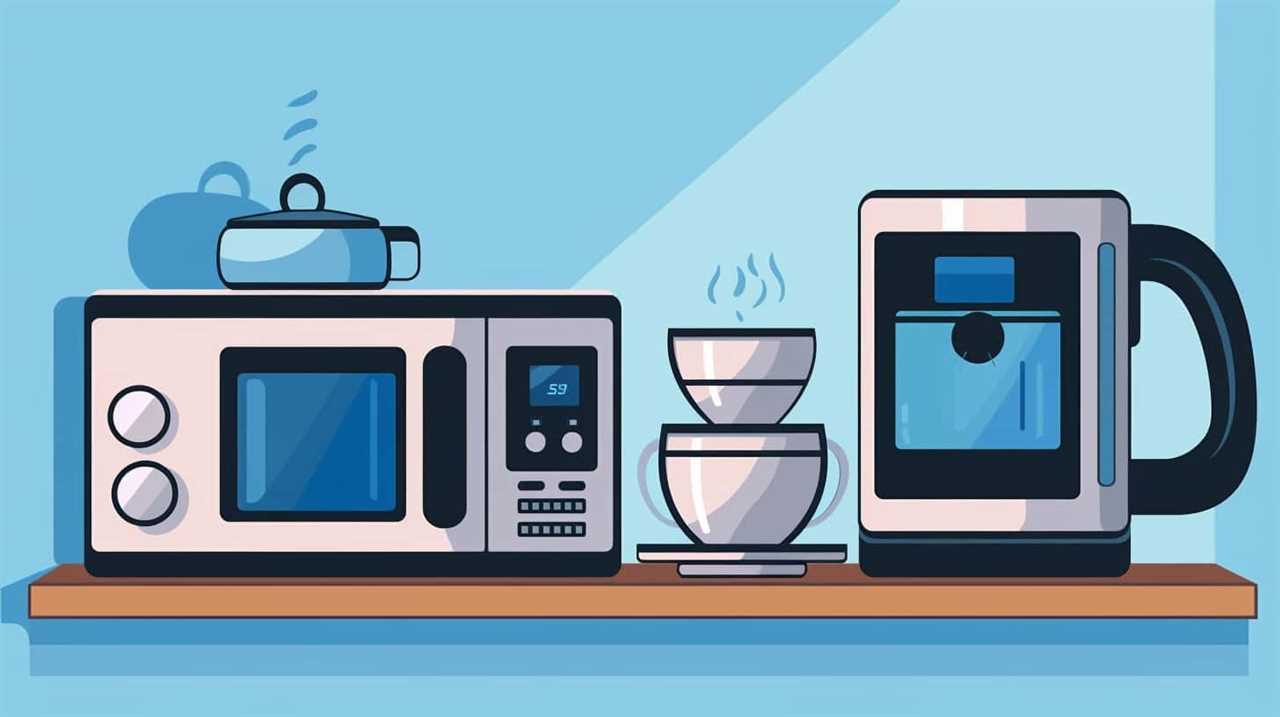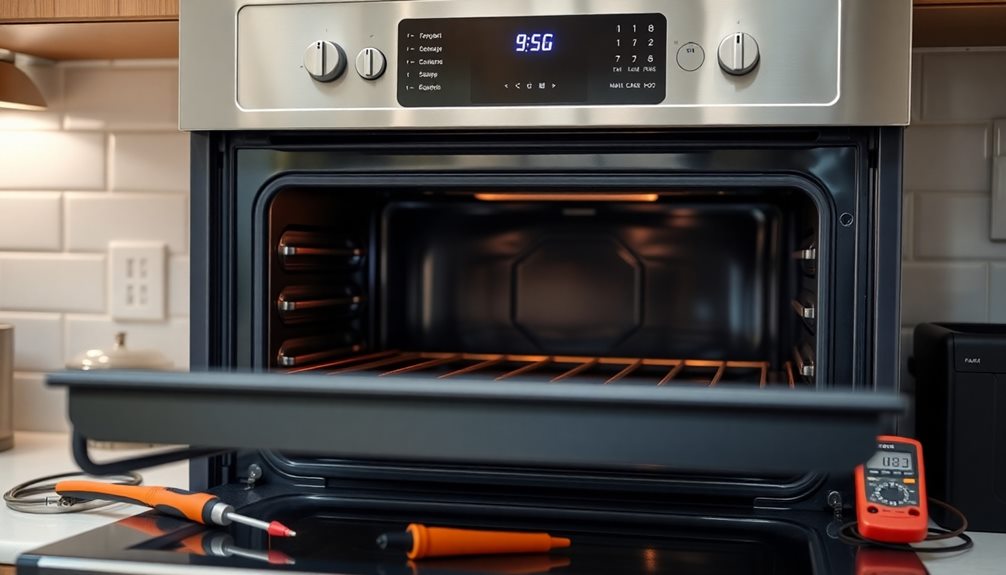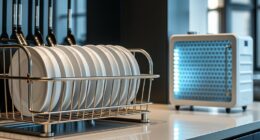Have you ever thought about whether your US appliances will function properly in Australia? If so, we have the information you need! This article will explore the technical aspects of electrical voltage and frequency variations between the US and Australia.
We’ll also explore how to adapt your appliances to Australian power and discuss safety considerations. Whether you’re moving to Australia or just planning a visit, we’ll help you navigate the world of appliances Down Under with ease.
Let’s get started!
Key Takeaways
- US appliances designed for the US market may not work directly in Australia due to differences in voltage and frequency.
- Australian electrical system operates at a higher voltage of 230 volts compared to the US standard voltage of 120 volts.
- Adapters and voltage converters may be necessary to ensure compatibility and proper functioning of US appliances in Australia.
- It is important to check the power rating of US appliances and consider power consumption and compatibility issues when adapting them to Australian power.
Understanding Electrical Voltage and Frequency
Our understanding of electrical voltage and frequency is key to determining whether or not US appliances will work in Australia.

In the US, the electrical voltage is typically 120 volts, while in Australia it’s 230 volts. This difference in voltage means that US appliances may not function properly without the necessary voltage adaptation.
Electrical compatibility between the two countries is further complicated by the difference in frequency. In the US, the frequency is 60 Hertz, while in Australia it’s 50 Hertz. This difference can affect the performance of certain appliances, especially those with motors or timing mechanisms.
Therefore, it’s crucial to consider both the voltage and frequency requirements of US appliances before using them in Australia.
Understanding these electrical factors is essential as we delve into the subsequent section about US electrical system basics.

US Electrical System Basics
To continue our discussion on electrical compatibility between the US and Australia, let’s delve into the basics of the US electrical system.
Understanding electrical wiring is crucial in comprehending how the system operates. In the US, the standard voltage is 120 volts, with a frequency of 60 hertz. This means that electrical appliances designed for the US market are built to operate within this voltage and frequency range.
Additionally, it’s essential to be aware of the electrical safety standards in the US. The National Electrical Code (NEC) outlines the guidelines and regulations for electrical installations, ensuring the safety of individuals and property. Adhering to these standards is vital to prevent electrical accidents and maintain a reliable electrical system.
Australian Electrical System Basics
Let’s now explore the basics of the Australian electrical system and how it compares to the US system.
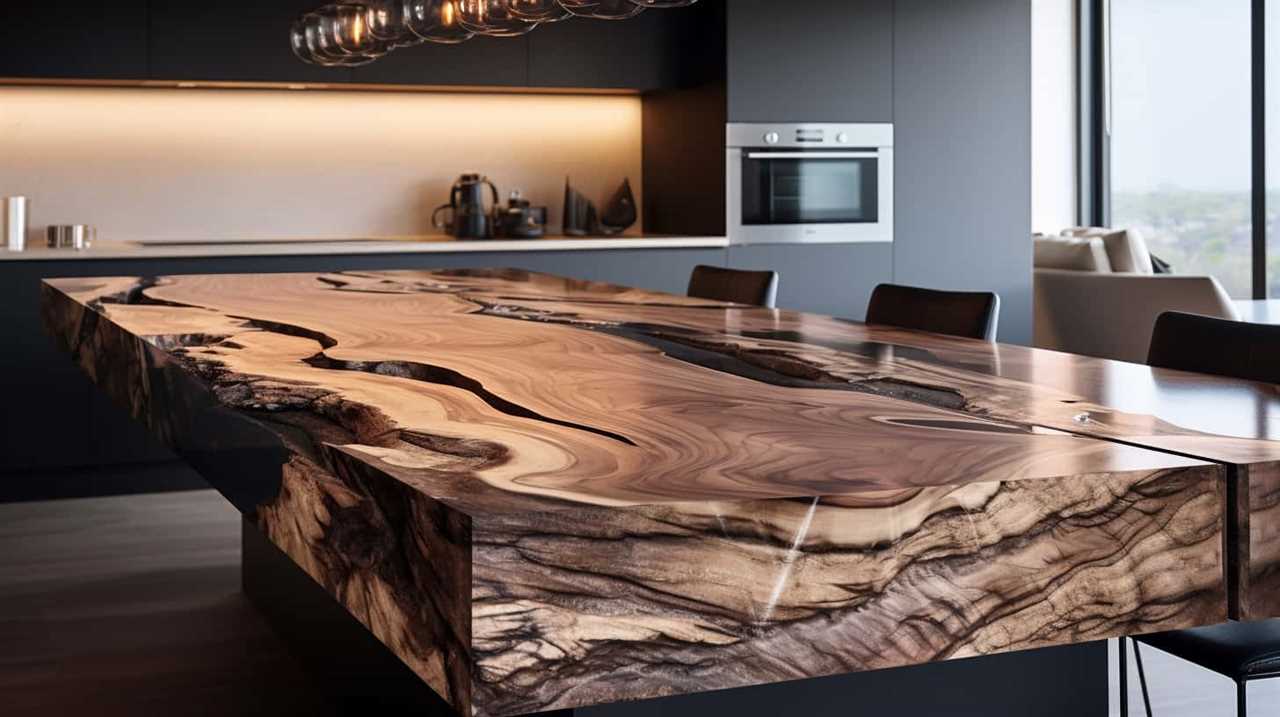
Understanding Australian outlets and electrical plug types in Australia is crucial when considering the compatibility of US appliances.
In Australia, the standard voltage is 230 volts, whereas in the US, it’s 120 volts. This difference means that US appliances may not function properly without the use of a voltage converter.
Additionally, Australian outlets have a different plug type compared to the US. The most common plug type used in Australia is Type I, which has three flat pins in a triangular formation. It’s important to note that US appliances will require an adapter to fit into Australian outlets.
Voltage and Frequency Differences
Moving forward with our exploration of the Australian electrical system, let’s now delve into the voltage and frequency differences between Australia and the US. Understanding electrical compatibility is crucial when using appliances from one country in another. Here are three key points to consider:
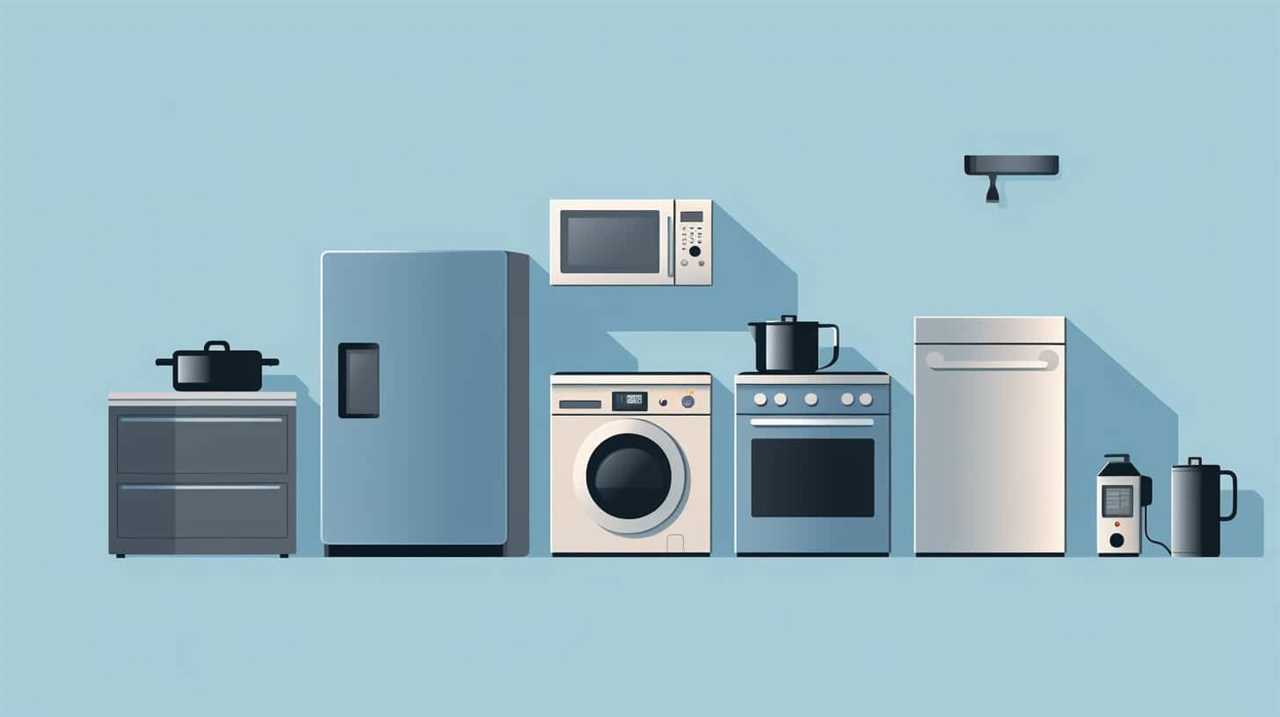
- Voltage Difference: In the US, the standard voltage is 120 volts, while in Australia, it’s 230 volts. This significant difference means that US appliances may not work properly or even get damaged if plugged directly into Australian outlets.
- Frequency Difference: The US operates on a frequency of 60 hertz (Hz), while Australia uses 50 Hz. This disparity can affect the performance of appliances that rely on precise timing, such as clocks and timers.
- Voltage Converters and Transformers: To overcome these differences, voltage converters or transformers can be used. These devices adjust the voltage and sometimes the frequency to ensure compatibility between the appliance and the electrical system.
Adapting US Appliances to Australian Power
Now that we’ve explored the voltage and frequency differences between Australia and the US, let’s discuss how to adapt US appliances to Australian power.
Adapting US appliances to Australian power requires understanding power consumption and troubleshooting common issues.
Firstly, it’s important to check the power rating of the US appliance. Australia operates on a 230V system, so if the US appliance is rated for 110V, a power converter or transformer will be necessary to step down the voltage.
Additionally, the frequency difference between the two countries may affect the performance of certain appliances, such as clocks or timers. In such cases, it may be necessary to replace these components with ones compatible with the Australian frequency of 50Hz.
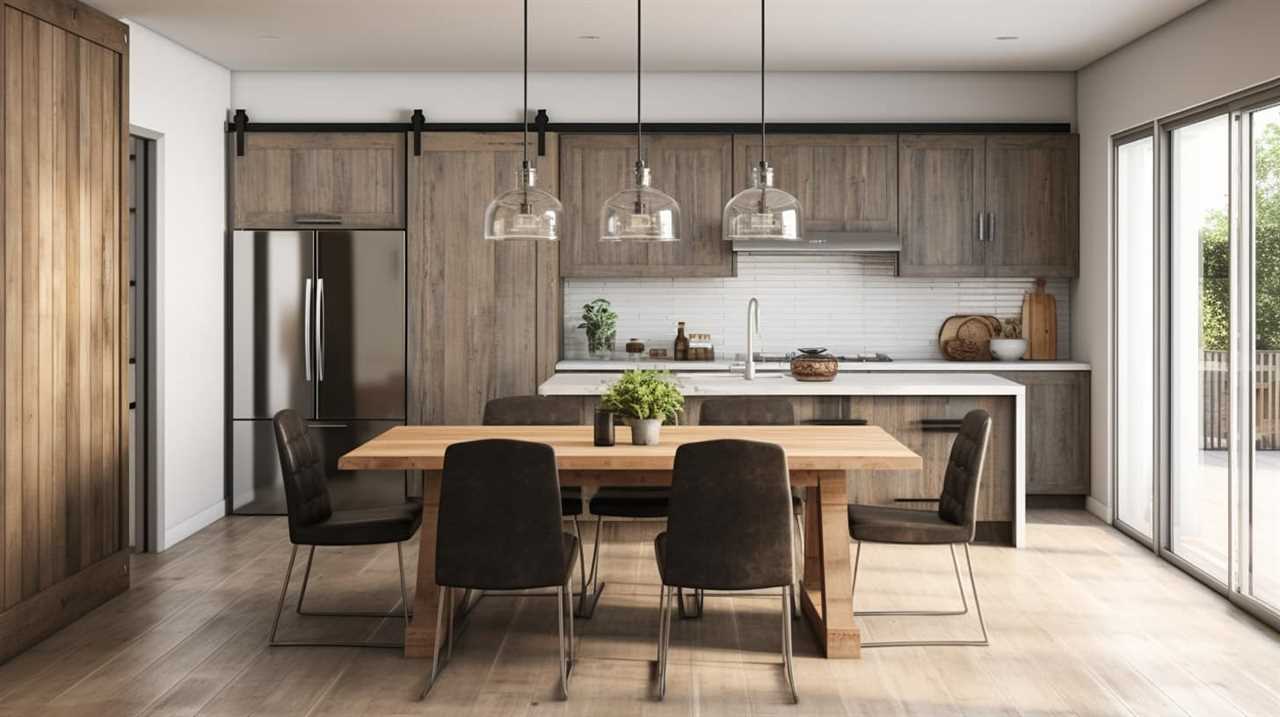
Adapting US appliances to Australian power requires careful consideration of power consumption and potential compatibility issues to ensure proper functioning.
Using Voltage Converters and Transformers
Continuing from our exploration of adapting US appliances to Australian power, let’s delve into the use of voltage converters and transformers. When using these devices, it’s crucial to understand power consumption and take necessary precautions. Here are three key points to keep in mind:
- Power Consumption: Before using a voltage converter or transformer, it’s essential to identify the power requirements of your US appliance. This information can usually be found on the appliance’s label or in the user manual.
- Choosing the Right Converter: Select a voltage converter or transformer that matches the power requirements of your appliance. Using an undersized converter can lead to overheating and damage, while using an oversized one may be unnecessary and costly.
- Safety Precautions: Always follow the manufacturer’s instructions when using voltage converters or transformers. Make sure they’re properly grounded, and avoid overloading them with multiple appliances.
Understanding power consumption and taking proper precautions will ensure the safe and efficient use of voltage converters and transformers.
Now, let’s move on to the next section to explore the compatibility of common appliances.
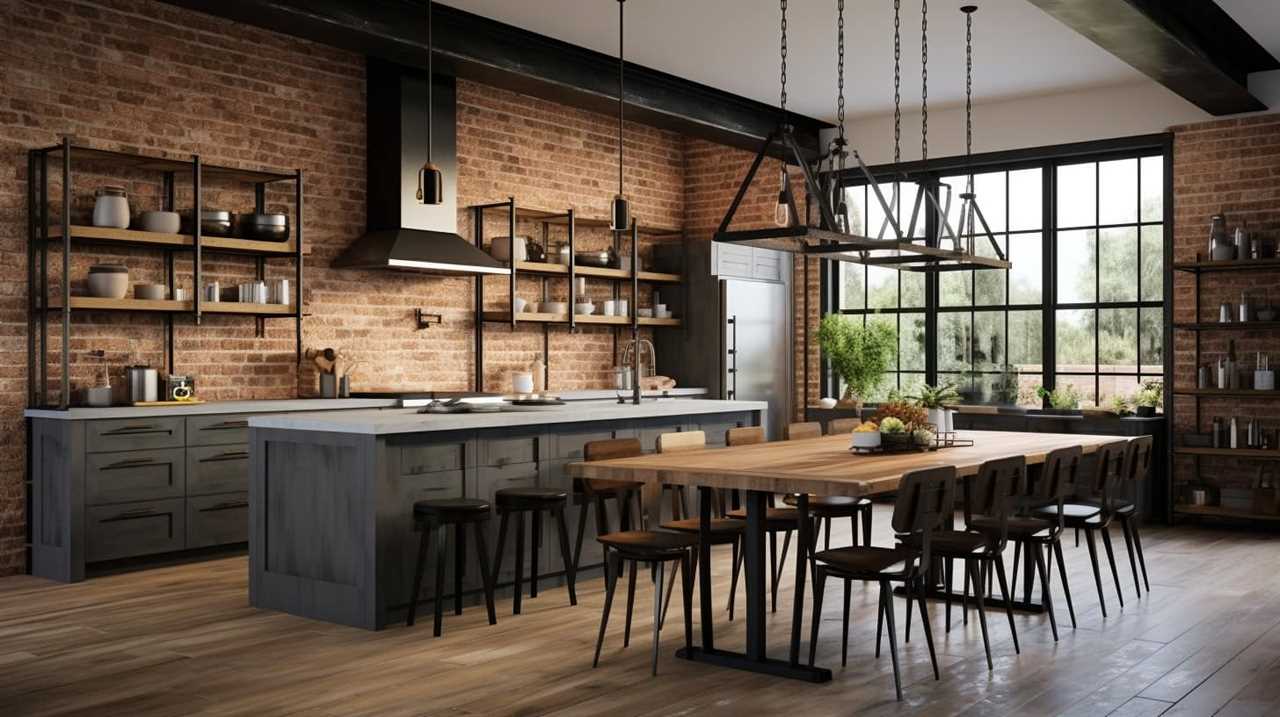
Compatibility of Common Appliances
When it comes to the compatibility of common appliances between the US and Australia, there are a few key factors to consider.
One of the main differences is the voltage and frequency. In the US, the standard voltage is 120V and the frequency is 60Hz, whereas in Australia, the standard voltage is 230V and the frequency is 50Hz. This means that appliances designed for use in the US may not work properly in Australia without the use of voltage converters or transformers.
Additionally, it’s important to check if the appliance requires a power adapter to fit into the Australian sockets.
Voltage and Frequency Differences
Although the voltage and frequency differences between the US and Australia can pose challenges, our appliances can be compatible with the use of certain adaptors and transformers.
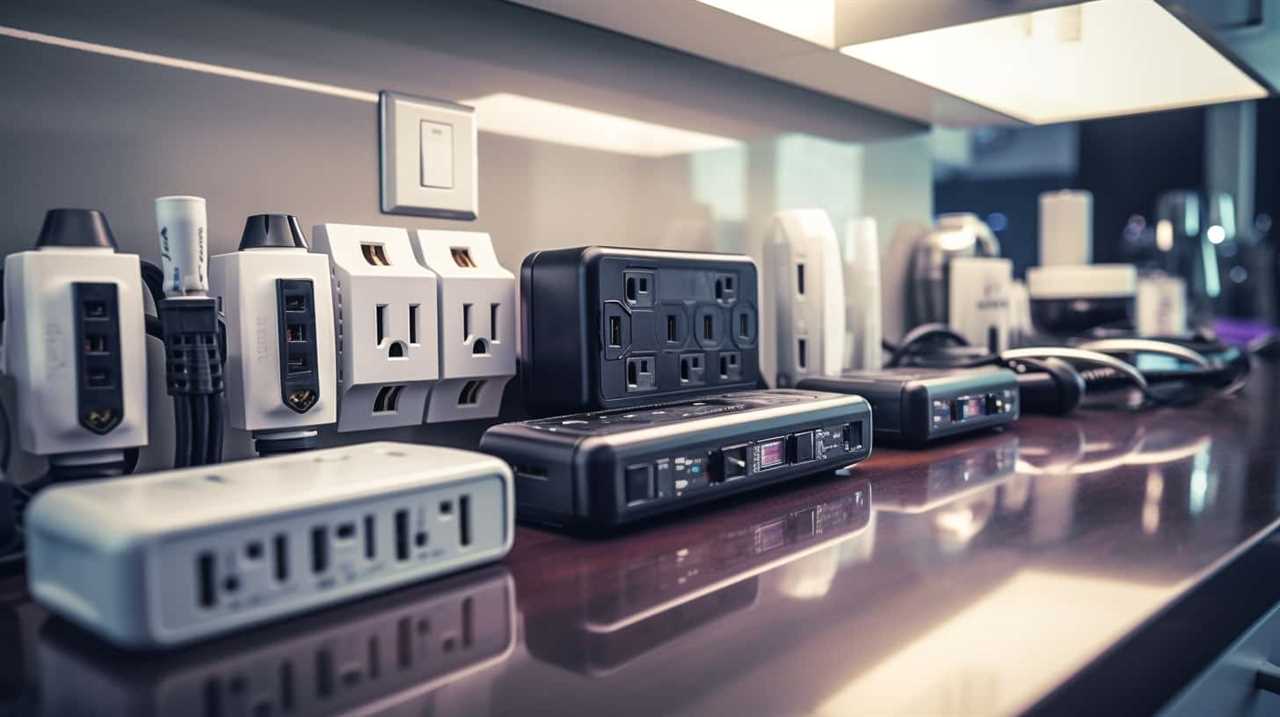
Here is a list of key points to understand electrical compatibility and voltage converter options:
- Voltage Difference: The US operates on a 120-volt system, while Australia uses 230 volts. This significant difference can damage appliances not designed for the higher voltage.
- Frequency Difference: The US has a frequency of 60Hz, while Australia operates at 50Hz. Some appliances may not function properly due to this discrepancy.
- Adaptors and Transformers: To ensure compatibility, you can use a plug adaptor to fit the Australian sockets and a voltage transformer or converter to adjust the voltage and frequency.
Power Adapter Requirements
To determine the compatibility of common appliances, we will need to consider the power adapter requirements. Understanding power requirements is crucial to avoid potential power issues when using US appliances in Australia. The table below provides an overview of the power adapter requirements for common appliances:
| Appliance | Voltage Requirement | Frequency Requirement |
|---|---|---|
| Laptop | 100-240V | 50-60Hz |
| Smartphone | 100-240V | 50-60Hz |
| Hair Dryer | 110-240V | 50-60Hz |
| Iron | 110-240V | 50-60Hz |
| Blender | 110-240V | 50-60Hz |
These power adapter requirements indicate that most common appliances are compatible with the power supply in Australia, which operates at 230V and 50Hz. However, it is essential to double-check the voltage and frequency requirements of each appliance before use to avoid any potential power issues. In the next section, we will discuss safety considerations for appliance use in Australia.
Safety Considerations for Appliance Use
Considering safety when using appliances, we prioritize following proper usage guidelines and precautions. To ensure the safety of appliance use, it’s essential to have a thorough understanding of safety regulations and undergo appliance compatibility testing. Here are three key safety considerations to keep in mind:
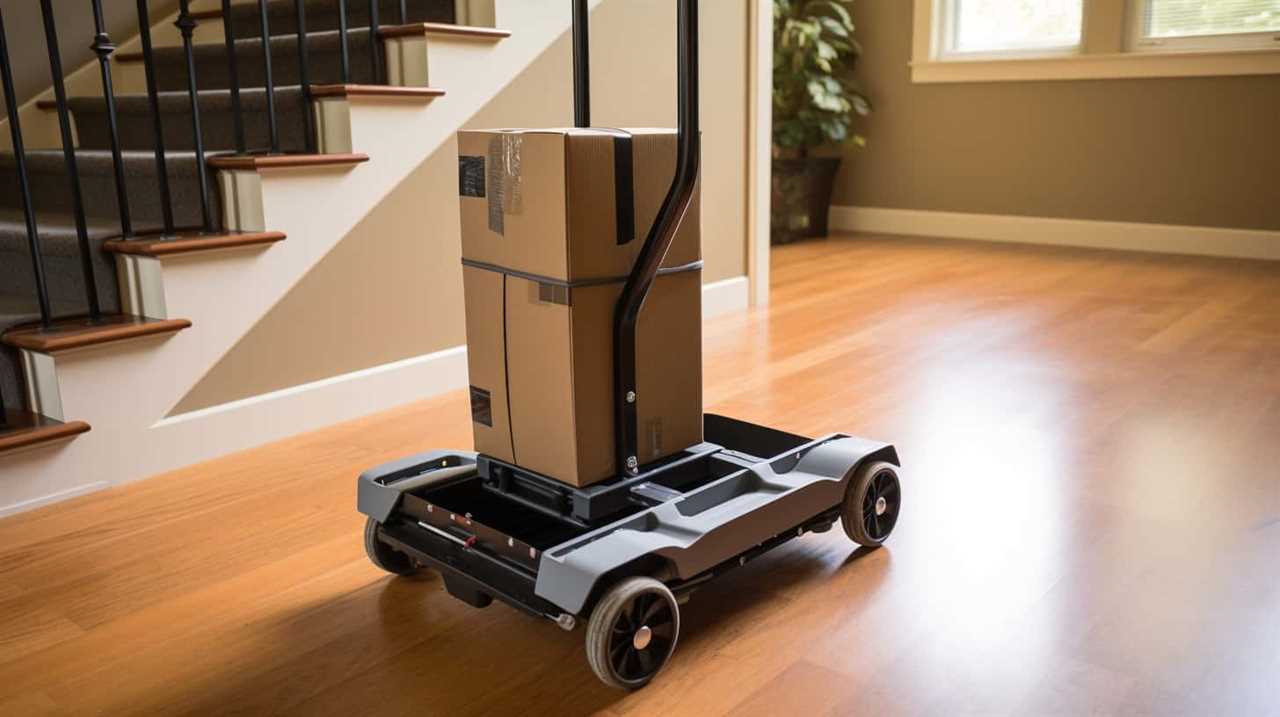
- Electrical Safety: Always ensure that the appliance is properly grounded and avoid using damaged cords or plugs. Regularly check for any signs of wear and tear and promptly replace any faulty parts.
- Fire Safety: Keep flammable materials away from appliances and never leave them unattended while in use. Make sure to clean appliances regularly to prevent the buildup of dust and debris that can pose a fire risk.
- User Safety: Read and follow the manufacturer’s instructions carefully to avoid misuse or accidents. Never overload circuits or use an appliance for a purpose it isn’t intended for.
Buying New Appliances in Australia
When it comes to buying new appliances in Australia, we need to take into account their compatibility with the electrical systems and safety regulations in the country. It’s important to consider the buying options available in order to make an informed decision.
There are various retailers and online platforms that offer a wide range of appliances to choose from. It’s advisable to check the specifications of the appliances and ensure that they’re suitable for the Australian electrical system, which operates on 230 volts and 50 hertz.
Additionally, it’s crucial to consider warranty coverage when purchasing appliances. Most manufacturers provide warranty coverage for a certain period of time, which can be beneficial in case of any defects or malfunctions.
Tips for Moving and Using Appliances in Australia
When moving and using appliances in Australia, it’s important to consider voltage compatibility, plug adapters, and potential modifications.
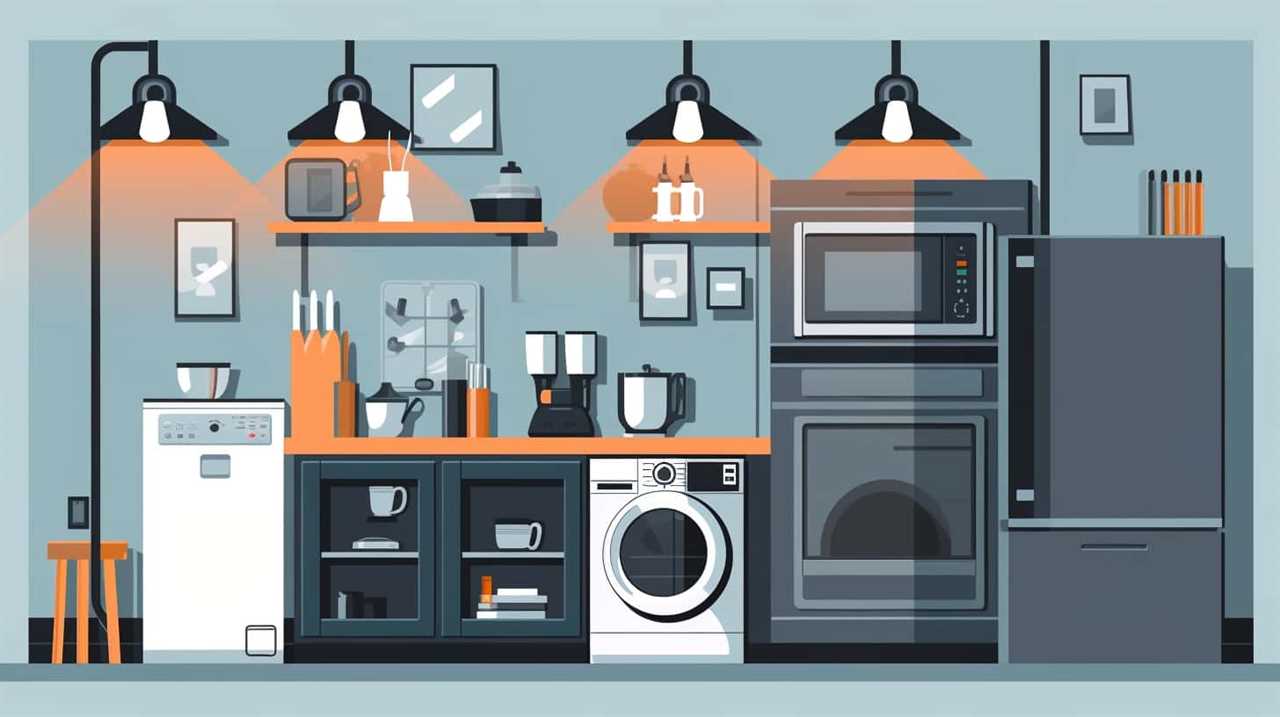
Firstly, the voltage in Australia is 230-240V, while in the US it’s 120V, so appliances may not be compatible without a voltage converter.
Additionally, plug adapters are necessary to ensure that US appliances can be plugged into Australian outlets.
Voltage Compatibility Explained
To ensure a smooth transition when moving and using appliances in Australia, we need to understand the voltage compatibility and make necessary adjustments. Here are three key points to consider:
- Understanding voltage conversion: In Australia, the standard household voltage is 230 volts, while in the United States it’s 120 volts. This means that appliances designed for use in the US may not work properly without a voltage converter. It’s important to check the voltage requirements of your appliances and purchase a suitable converter if needed.
- Importance of electrical standards: Australia follows different electrical standards than the US. It’s crucial to ensure that your appliances meet Australian safety standards and have the appropriate certification. Using appliances that don’t comply with Australian electrical standards can be dangerous and may even be illegal.
- Seek professional advice: If you’re unsure about voltage compatibility or any other electrical considerations, it’s best to consult a qualified electrician. They can provide guidance on the appropriate steps to take, ensuring that your appliances work safely and efficiently in Australia.
Necessary Plug Adapters
Now that we understand the voltage compatibility for using appliances in Australia, what plug adapters will we need to ensure they can be properly connected?

When it comes to plug adapter types, there are a few options to consider.
The most common plug adapter used in Australia is the Type I plug, which has two flat pins in a V-shape and an additional grounding pin. This type of plug adapter is compatible with appliances from the US, as well as other countries that use the same plug type.
Another option is to use a universal plug adapter, which can be adjusted to fit different plug types from around the world.
Lastly, if your US appliance requires voltage conversion, you may need to use a voltage converter in addition to a plug adapter. This will ensure that the appliance receives the correct voltage for operation.

Potential Appliance Modifications
We found some helpful tips for modifying and using appliances in Australia. Here are three potential modifications you may need to consider:
- Voltage converters: In Australia, the standard electrical voltage is 230 volts, whereas in the US it’s 120 volts. To ensure your appliances work properly, you may need to use a voltage converter. These devices can convert the higher Australian voltage to the lower US voltage, allowing your appliances to function correctly.
- Power adapters: While plug adapters are necessary for connecting US appliances to Australian power outlets, it’s important to note that they don’t convert voltage. To avoid damaging your appliances, it’s crucial to also use a voltage converter when using US appliances in Australia.
- Appliance compatibility: Before using your US appliances in Australia, check their compatibility with the local electrical system. Some appliances, such as those with heating elements or motors, may not work as efficiently or may require additional modifications to function properly.
Conclusion: Making the Transition Smooth
In order to ensure a smooth transition, we need to consider the compatibility of US appliances with the electrical systems in Australia. Making the transition easier requires understanding the differences in voltage and plug types between the two countries.
The US operates on a 120-volt system, while Australia uses a 230-volt system. This means that US appliances may not function properly without the appropriate voltage converter.
Additionally, the plug types in the two countries are different, with the US using Type A or Type B plugs, and Australia using Type I plugs.

Troubleshooting common issues involves checking for voltage compatibility, using appropriate adapters, and consulting with a professional if needed.
Frequently Asked Questions
How Do I Determine the Voltage and Frequency of My US Appliances?
To determine the voltage and frequency of our US appliances, we need to check their electrical specifications. This is crucial for determining compatibility when using them in Australia or any other country with different electrical standards.
Can I USe a Voltage Converter to Power My US Appliances in AUStralia?
Using voltage converters for international travel can allow us to power our US appliances in Australia. However, it’s important to consider the differences in electrical systems between countries to ensure compatibility and avoid damage.
Are All US Appliances Compatible With AUStralian Electrical Systems?
Determining appliance compatibility involves adapting US appliances for Australian electrical systems. We need to assess voltage requirements, plug types, and frequency differences. Researching and using appropriate voltage converters or transformers can ensure proper functioning.
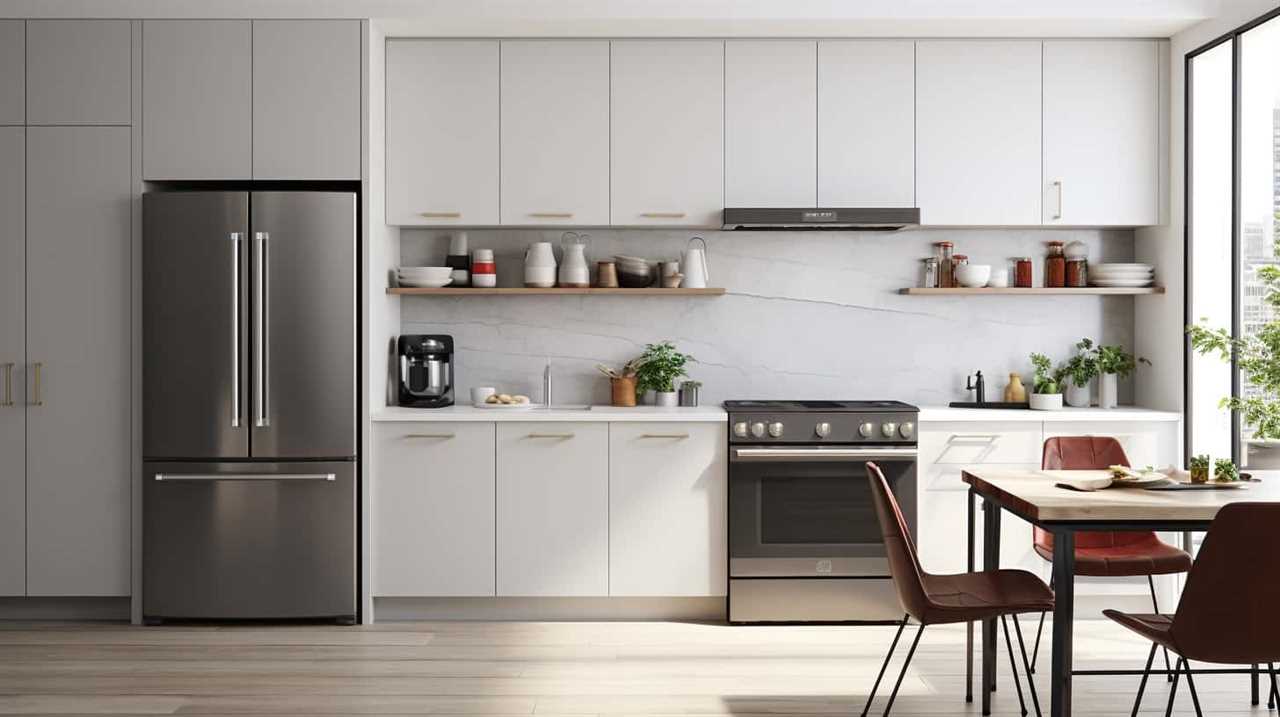
What Safety Precautions Should I Take When USing US Appliances in AUStralia?
To ensure safety when using US appliances in Australia, it is important to take certain precautions. Firstly, check the voltage compatibility and use a voltage converter if necessary. Secondly, follow all safety guidelines provided by the manufacturer.
Are There Any Specific Regulations or Certifications I Need to Consider When Buying New Appliances in Australia?
When buying new appliances in Australia, there are specific regulations and certifications to consider. It is important to ensure that the appliances meet Australian standards for safety and compliance.
Conclusion
In conclusion, transitioning to using appliances in Australia may require some adjustments due to differences in electrical voltage and frequency. However, with the right adapters and converters, it’s possible to make US appliances work in Australia.
It’s important to consider safety precautions and consult experts if needed. Alternatively, buying new appliances in Australia can provide a hassle-free experience.
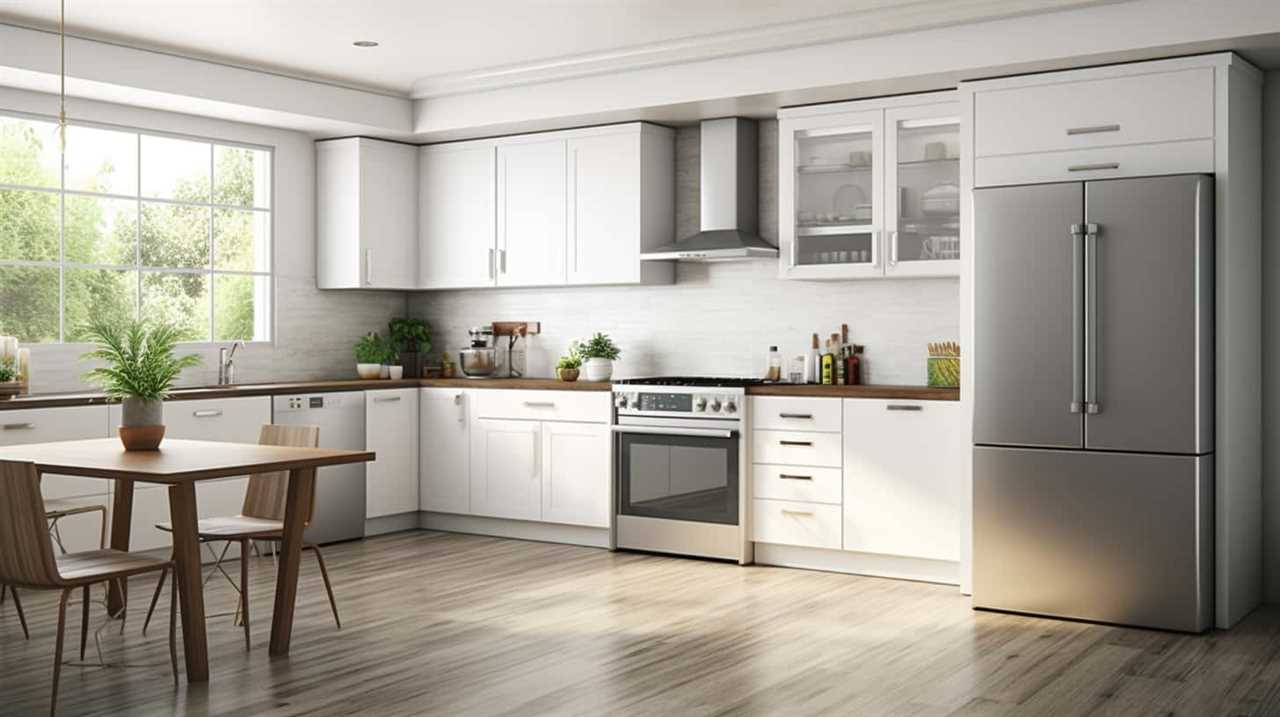
Overall, with proper planning and knowledge, the transition can be smooth and enjoyable, like a seamless switch from summer to autumn.



